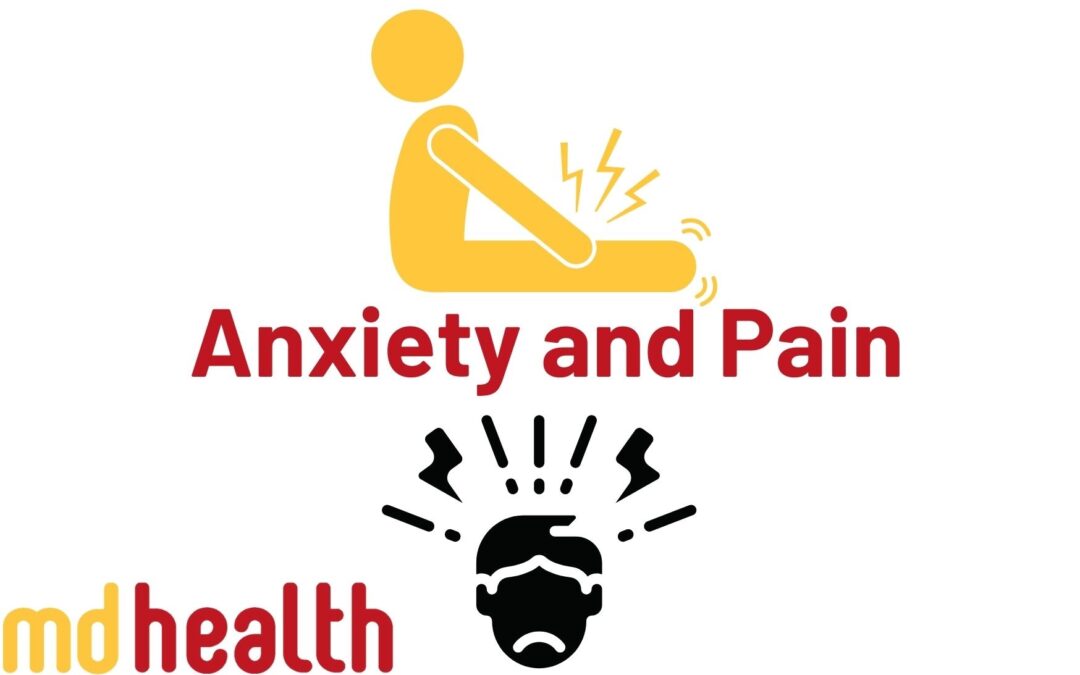It seems that pain should be a very straight forward thing. I hurt myself, it hurts. If it hurts, it must mean that I am hurting myself, isn’t that right? Unfortunately, that’s not how pain works or how your brain interprets pain.
Pain is an unpleasant sensory and emotional experience associated with actual or potential tissue damage. Your body is designed to “feel” pain when there is the potential for harm, not just when the harm has occurred. The primary sensation of pain is picked up by the nociceptors.
These are the special sensory nerves which send signals back to the spinal cord. It tells it that there is a possible threat from either tissue damage or potential tissue damage. These nerves do not interpret pain.
Instead, they just send a signal back to spinal cord to let the nerves there know that they have been activated. The trigger for these nerves being activated is not that simple either.
It is based on a combination of tissue damage and your past experiences of pain. For example, if you have experienced strong pain in the area before, it will be triggered by lesser sensations. These sensations would otherwise be considered “normal”.
What happens to these signals once they reach the spinal cord and the brain?
Once the signals arrive at the spinal cord, they connect with other connector nerves. They then send signals up to the brain (through the spinothalamic tract) which connect to a part of the brain, called the thalamus.
This is a connector between the thinking part of the brain (the cerebral cortex) and the spinal cord. Signals within the thalamus and the spinal cord are heavily influenced by mood, your past experiences of pain and your beliefs.
The effect of stress, anxiety and negative past experiences of pain
There are many chemicals involved in the influence of nerve signals in the spinal cord and brain. However, one of the most important is cortisol. Cortisol is a normal stress hormone, released with adrenaline in the body when there is a threat situation.
This is to heighten our sensors and “alert” us to immediate danger. It is important in our fight or flight response. Although, in the medium to long term, it heightens our response to nerve signals in the spinal cord and brain. It also “increases” our perception of pain, without any further damage to the tissues.
In other words, highly stressful situations which increase anxiety, have a direct influence on our perception of pain and injury. This is due to the release of cortisol.
Situations that lead to prolonged anxiety, such as managing the rolling lockdowns since the beginning of the pandemic, raise our overall cortisol levels and effect our long term feelings of pain and well being.
In addition, elevated cortisol levels increase our blood pressure, reduce our ability to metabolise glucose and effect our ability to manage our weight.
The effect of positive connections and strong relationships
On the opposite end of the spectrum, doing things we enjoy, such as playing tennis, listening to music and spending time with the people we love releases chemicals such as endorphins. These are pleasure chemicals and also “dampen down” the effect of nociceptor signals in the spinal cord and brain, reducing our perception of pain.
The other very important, but easily overlooked effect is the benefit of strong, positive relationships. When we feel like we belong and contribute to the benefit of others, we release natural, feel good chemicals called serotonin and oxytocin.
These also contribute to our feeling of well being and dampen down the interpretation of signals from the nociceptors in the brain and spinal cord, reducing our “feeling” of pain.
One major issue is that when you have an injury, it is common to avoid doing things you enjoy and/or meeting up with friends and family. This is because either you feeling like you can’t, or do not want to. However, this has a direct, negative effect on pain and affects your recovery from injury.
So what can you do to manage your pain?
1. Respect the injury and follow the advice of your Physiotherapist/Exercise Physiologist. The activity they will ask you to do will be in line with the amount of activity which is safe and appropriate for the injury, but also encourages the best healing and return to normal life
2. It’s not all or nothing, pace yourself. Trying to “push through the pain” never works. It just increases your anxiety and brings you backwards. Structured, graded activity is important to slowly regain your life, one step at a time. You’ll get there, just be patient.
3. Medication has its place and is important, but is there to not only to manage pain, but also allow you be active and exercise within pain limits. Talk to your doctor about the appropriate pain medication to manage your pain that allows you to be active as well.
4. Be social and enjoy your life. Doing things that you love once again and meeting up with people you love, even if it’s via Zoom during lockdown, will have a direct and positive effect on your pain and your long term recovery.
Do you have any questions?
- Call us on (03) 9857 0644 or (07) 3505 1494 (Paddington)
- Email us at admin@mdhealth.com.au
- Check out our other blog posts here
Our clinical staff would be happy to have chat if you have any questions.



